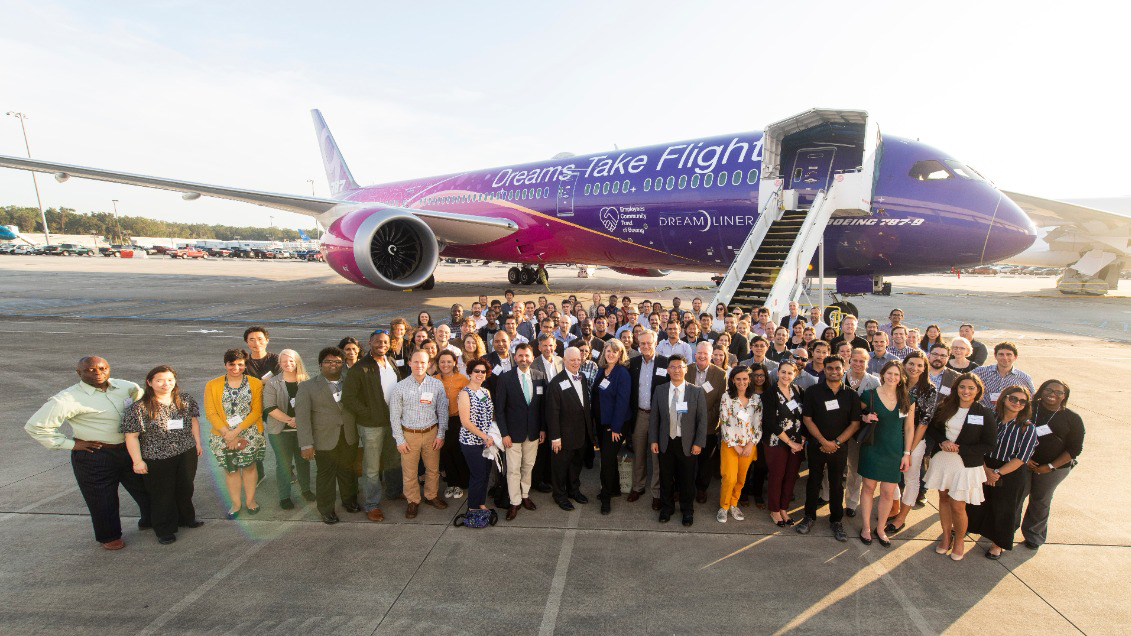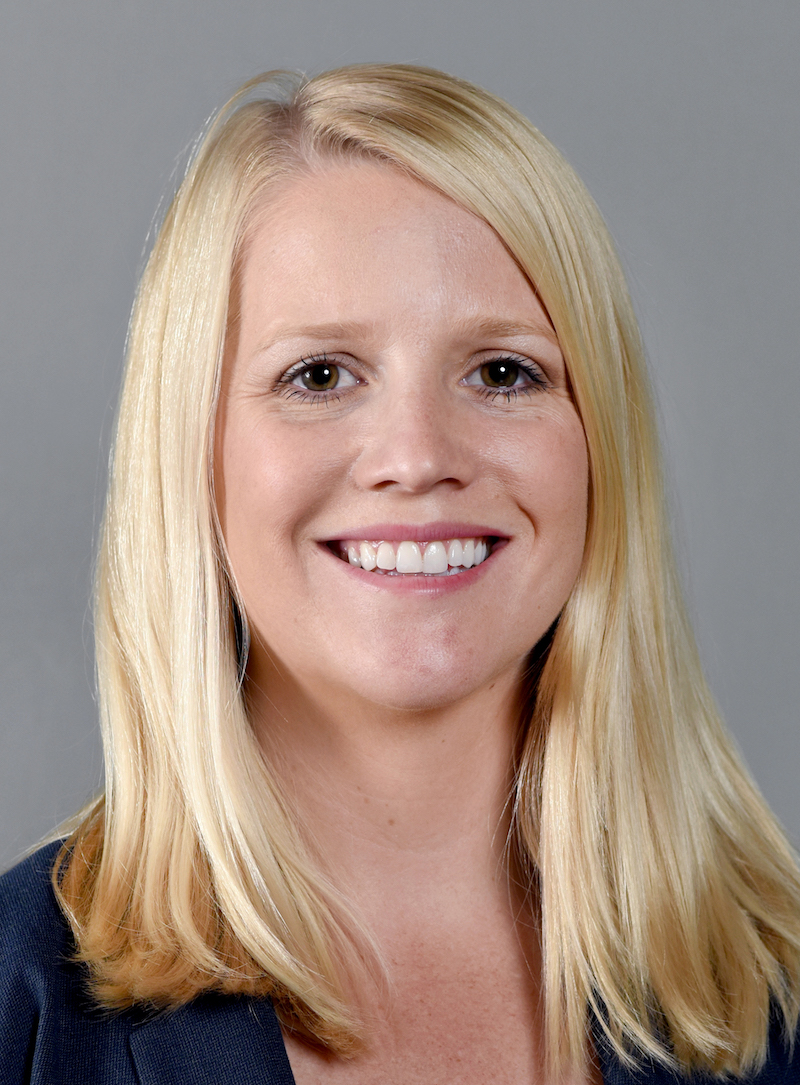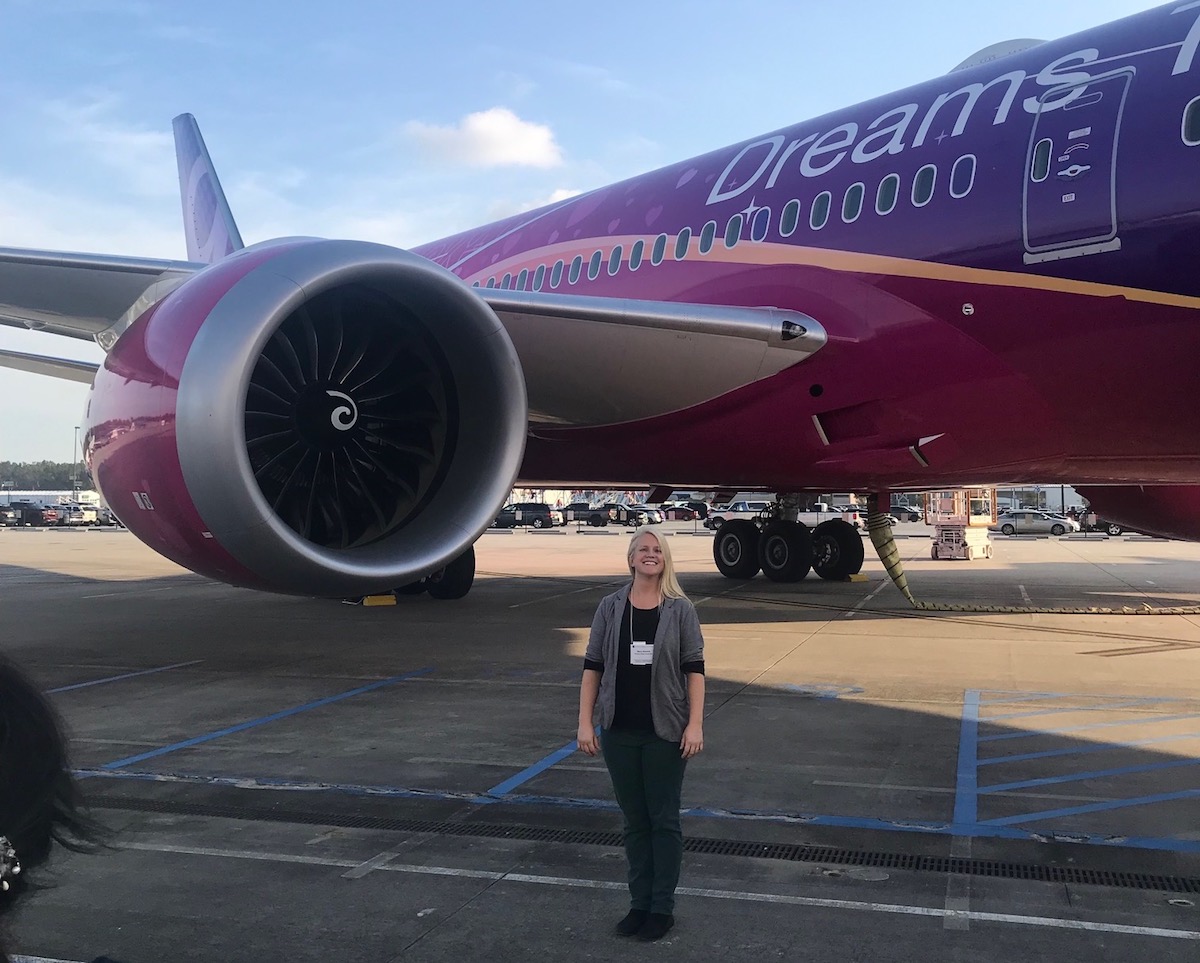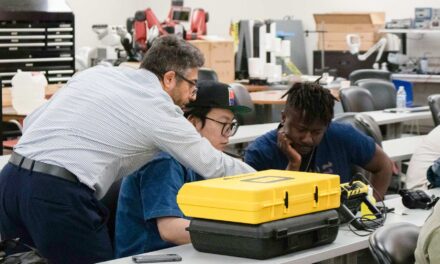
Frontier of engineering sparks knowledge

Above: The National Academy of Engineering's 2019 U.S. Frontiers of Engineering Symposium hosted by Boeing brought together approximately 100 young engineers from varied backgrounds to share their expertise and perspectives with colleagues from around the country. The goal was to help them develop research collaboration across engineering disciplines. Photo courtesy of the National Academy of Engineering
Engineers from all disciplines gather each year to exchange ideas and promote new techniques and approaches across fields to build and sustain innovation in the United States.
Rebecca Muenich was selected along with approximately 100 of the nation’s outstanding early-career engineers selected to attend the National Academy of Engineering’s 25th annual U.S. Frontiers of Engineering symposium. This year’s symposium was hosted by The Boeing Company in North Charleston, South Carolina, to discuss the latest developments in engineering.
Learning across disciplines

Rebecca Muenich
The focus was on progress in four areas: advanced manufacturing in the age of digital transformation, engineering the genome, the technology and ethics of self-driving cars, and blockchain technology.
“The FOE has different themes each year, but participants are not limited to those themes,” says Muenich. “In fact, one purpose for the FOE is for engineers to learn about the latest technologies and ideas in fields other than their own to help facilitate convergent and new knowledge.”
Muenich, who is an assistant professor of civil, environmental and sustainable engineering in the Ira A. Fulton Schools of Engineering at Arizona State University, focuses on analyzing and modeling trade-offs in the food-energy-water nexus under varying land use, land management and climate scenarios. Her work does not fit neatly into any of the symposium’s four key areas.
“I was surprised at how interesting and informative it was to hear people speaking on engineering topics totally outside of my discipline,” says Muenich. “Despite the differences, there were a lot of similarities between my work and some of the work presented.”
She gives the example of work presented by Pamela Kobryn from the Air Force Research Laboratory. Her team researches how to create digital twins of specific airplanes.
“The idea is that for every plane they would have a matching mathematical model that could be subjected to the same conditions as the actual plane was subjected to in order to predict where potential issues may arise before they happen,” says Muenich.
“The kind of watershed modeling I do is essentially the same. We are trying to develop a mathematical representation of the physical and chemical processes of a specific watershed to better understand how to manage and predict future changes,” Muenich says. “So it was great to hear some of the strategies and issues involved in working in this area.”
She also found talks on engineering the genome especially intriguing and saw the potential for productive research collaborations in the future.
“Thinking about how to solve some of the pressing environmental problems through edits to plant genomes was really interesting,” says Muenich. “I spoke with another participant who works on modeling plant-level phenotype outcomes, and it seemed there could be some ways to combine the work I do with their research.”
Putting knowledge to work
Many of Muenich’s students are working on projects related to understanding and simulating the impact of large-scale animal operations known as CAFOs — concentrated animal feeding operations. The team is trying to evaluate what impact these large operations have on water quality, environmental degradation and health.
“We’re analyzing how regulatory practices influence the management of these operations and ways to better model these operations in watershed modeling,” says Muenich. “We’re also considering the impact of extreme events like hurricanes on the overflow of manure pits and lagoons, and the impact of a future climate on these facilities.”
Muenich is leading a project funded by the U.S. Department of Agriculture aimed at increasing ASU’s capacity to perform agricultural research and education. The effort is focused on identifying opportunities for agriculture in the desert Southwest, where water is scarce and land development pressures are high.
“We’re developing an experiential learning course for the spring semester that will bring together Mesa Community College and ASU students to work on an agriculturally related research project,” says Muenich.
“My other work is focused on improving watershed modeling of nutrients under varyious land management and climate scenarios,” she says. “I’ve also been working with the Sustainable Phosphorus Alliance to create a working group to improve phosphorus modeling from the field to watershed scale.”
Muenich was nominated to attend the symposium by Bruce Rittmann, a Regents Professor of environmental engineering in the Fulton Schools.
“I know that I am lucky to be mentored by Bruce Rittmann, who was the NAE member who nominated me to attend and also happens to be the most recent co-winner of the Stockholm Water Prize,” says Muenich. “I feel fortunate for the opportunities that have been provided to me since I began in my position here at ASU, and I hope to pay it forward to a future generation of engineers.”

Rebecca Muenich, in front of a Boeing 787 Dreamliner at Boeing South Carolina, discovered similarities in the work presented at the U.S. Frontiers of Engineering symposium to her own work even though her work does not fall directly into any of the symposium’s four key areas. Photo courtesy of Rebecca Muenich.


































